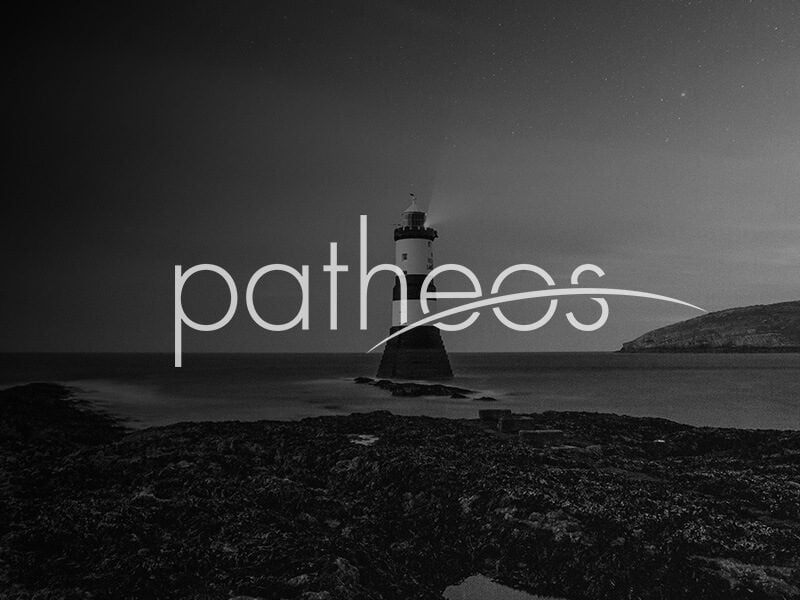Once, when I was a teenager (right after the Visigoths swept through Rome on spring break), a friend yelled at me for drinking Coca-Cola. It seems Coca-Cola held investments in South Africa, which was still a few years away from ditching Apartheid. At least I think that’s what the problem was. Anyway, loath to be morally bullied, I went right on drinking Coke. The idea that I was contributing somehow to a gross injustice continued to gurgle in my stomach, like extra carbonation. I paid for my intransigence by belching a lot.
Anyway, that’s when I learned that an effective culture war deals in covert operations. Some message — carping, unreasonable, easy to reject consciously — embeds itself in your conscience like a splinter. It doesn’t take over completely, but neither can it be dug out. The result? You’re not converted, just doomed to constant moral fidgeting.
I revistited the whole Coke-in-JoBurg cycle about two years ago, when I first took to Eucharistic adoration. My first experience of the practice came during a “morning of discernment” — a mini-retreat at the diocesan pastoral center for people who were thinking about clerical or religious life. The gathering lasted about three hours; about halfway through, we marched into the chapel. There, after mumbling our way through Tantum Ergo, we directed our attention toward the Blessed Sacrament, set in a monstrance on the altar, perfectly aligned with the alabaster corpus on the wall.
What wasn’t to like? We were in a cool and quiet room, tastefully garnished — not stuffed, you understand — with pretty tchotchkes, and faintly smelling of incense. There was the Body of Christ, reality and representation, both in white. Best of all, the onus to adore diverted us from the distressing fact that almost nobody had showed up to the meeting. The next generation of priests was still in Lagos or Manila, futzing with mosquito netting.
From that day, I made a habit of popping into the Valley’s various adoration chapels at odd times, and spending a few minutes with the Blessed Sacrament. Nobody got hurt, I swear. But then, just as I was getting to the point where I could adore for half an hour without taking a cigarette break, Fr. Richard McBrien published this article:
Another excess that unfortunately perdured into the mid-20th century in some parishes was the practice of putting the consecrated host “to bed” following Benediction of the Blessed Sacrament and accompanied by the singing of “Good Night Sweet Jesus,” as the church lights were turned off, one by one from the back of the church to the front.
The practice of eucharistic adoration began in the 12th century, when the Real Presence of Christ was widely rejected by heretics or misunderstood by poorly educated Catholics. The church saw eucharistic adoration as a way of reaffirming its faith in the Real Presence and of promoting renewed devotion to it.
However, as time went on, eucharistic devotions, including adoration, drifted further and further away from their liturgical grounding in the Mass itself.
Notwithstanding Pope Benedict XVI’s personal endorsement of eucharistic adoration and the sporadic restoration of the practice in the archdiocese of Boston and elsewhere, it is difficult to speak favorably about the devotion today.
Now that most Catholics are literate and even well-educated, the Mass is in the language of the people (i.e, the vernacular), and its rituals are relatively easy to understand and follow, there is little or no need for extraneous eucharistic devotions. The Mass itself provides all that a Catholic needs sacramentally and spiritually.
Eucharistic adoration, perpetual or not, is a doctrinal, theological, and spiritual step backward, not forward.
Well, thanks, pal. Way to make a guy feel like a superstitious dingleberry. I wrote a rebuttal, which NCR was game enough to publish, and for a week felt the thrill of having walked up to the biggest guy in the bar, sucker-punched him, and run like mad. But the milk, as Spanky once warned, was spoiled. Part of me simply couldn’t shake the fear that I’d been duped by some hopelessly retrograde faction. Any minute now, I’d start a relic collection. Where on earth would I put it?
It’s not that McBrien’s history of adoration is wrong, or even that it requires refutation. Things that outlive their original purposes often find new ones. Consider bells — no one really needs the things anymore, now that everyone has a wristwatch or a cell phone to tell him exactly how much time is left until Mass. But they sound pretty, so many churches have been good enough to keep them around, even with no hunchback to ring them.
No, what bothered me was seeing the point behind McBrien’s point. Eucharistic adoration is passive — at least in the conventional sense — and requires (at some point) the service of a priest. Anyone fearing a Church where laypeople are sitting down and shutting up can be excused for seeing adoration as a backdoor to that effect. And young people, when they get involved, bring to the enterprise all the intensity of youth. When Boomers adore, they sit quietly. Millennials bow their heads, clamp their eyelids shut, and hold their breath. For anyone with a more laid-back approach, it can seem a little eerie.
Once, I had the pleasure of meeting one of the leaders of our local chapter of Adore Ministries. She was a slender, pretty woman of about my own age, but she wore a constant, high-beam smile that seemed as out of place in a Catholic chapel as the Budweiser eagle. With al the grace of your average J-school dropout, I tried to quiz her on the points McBrien had raised — was her group aware that it was reviving a practice that some found contrary to the post-Conciiar spirit? She sidestepped the question, said something about being guided by the Holy Spirit, and offered — unbidden – to pray for me.
Dear God, I remember thinking. We’ve brought the Wasilla Bible Church into communion.
Long story short, adoration has proved just as hard to give up as Coca-Cola. To salve my conscience, I do it in the spirit of the brown paper bag. I show up only at times and places where I will be the only person present under the age of 60. For protective coloring, I bring a book. I’ve put out the word that I’m working undercover, collecting data for Georgetown’s CARA, and no one’s called me on it yet.
Adoration attracts simple folk, after all.










